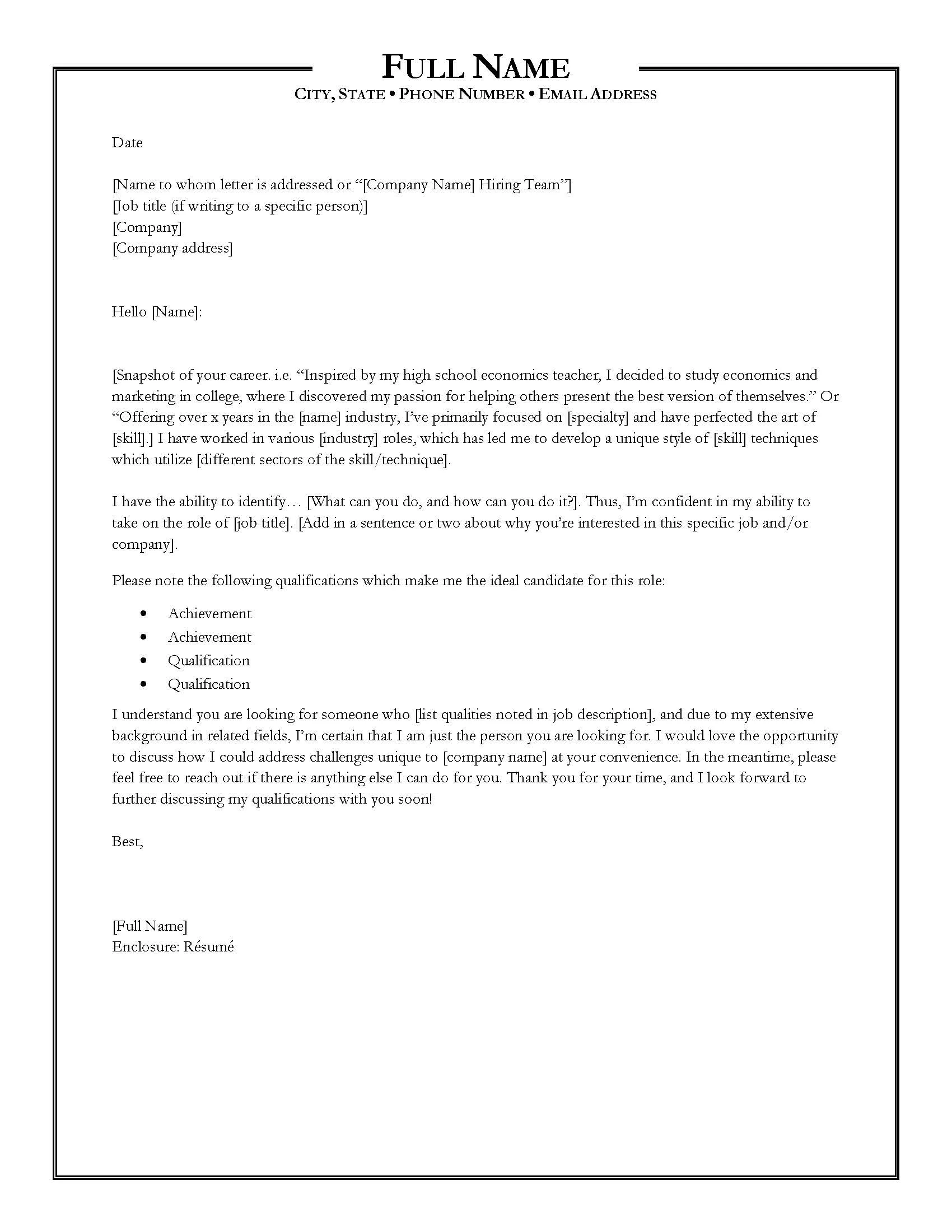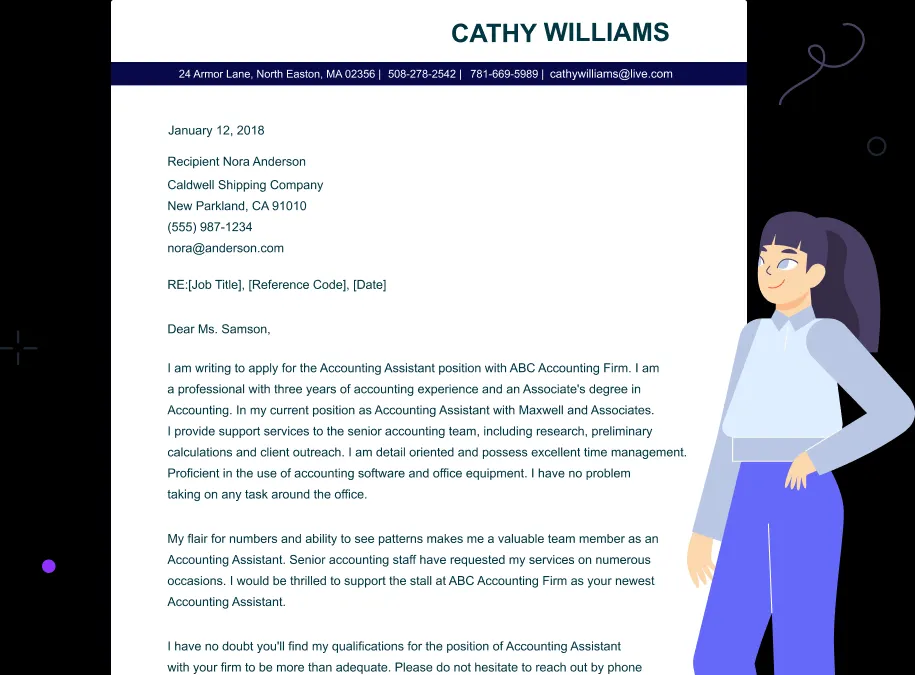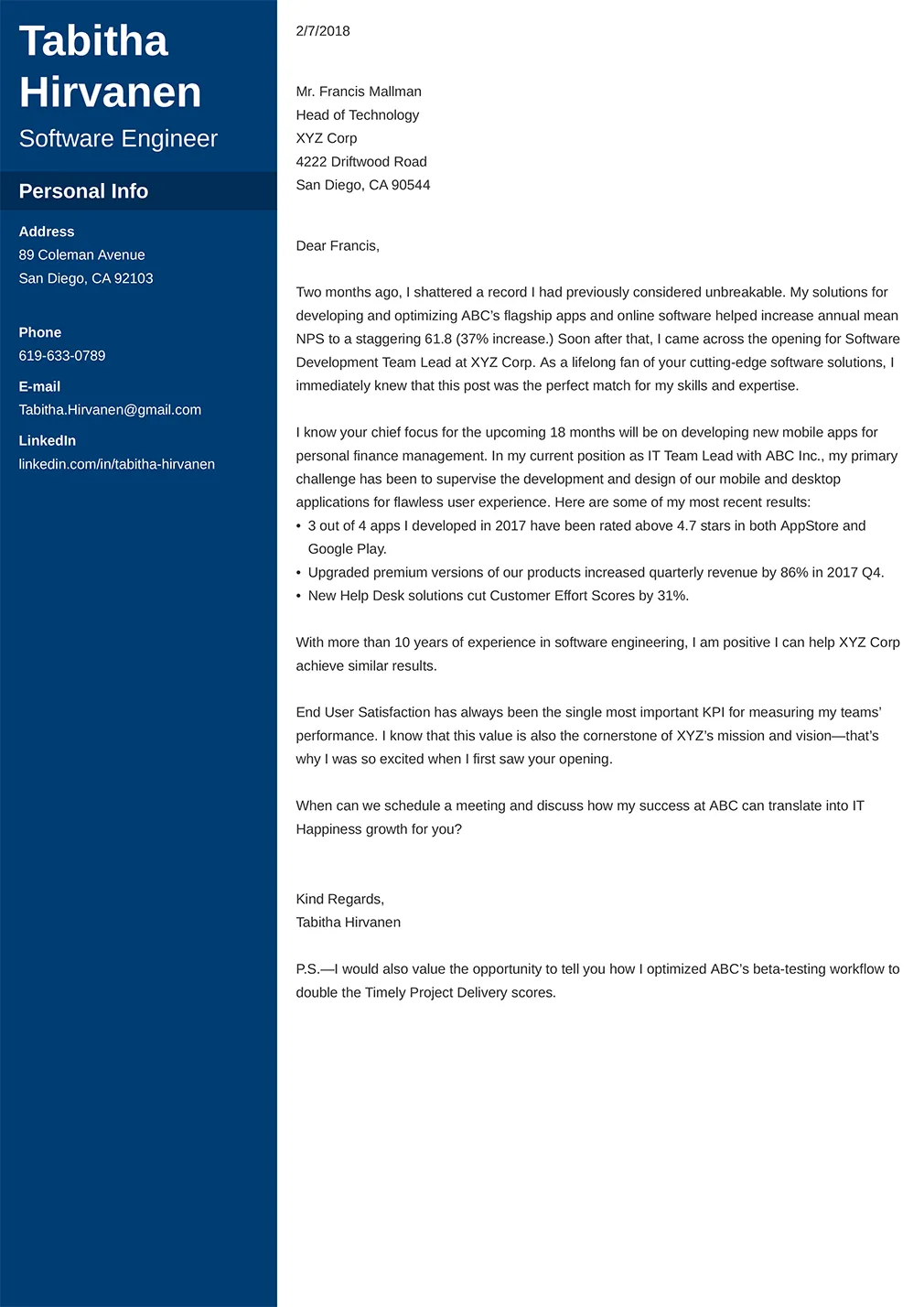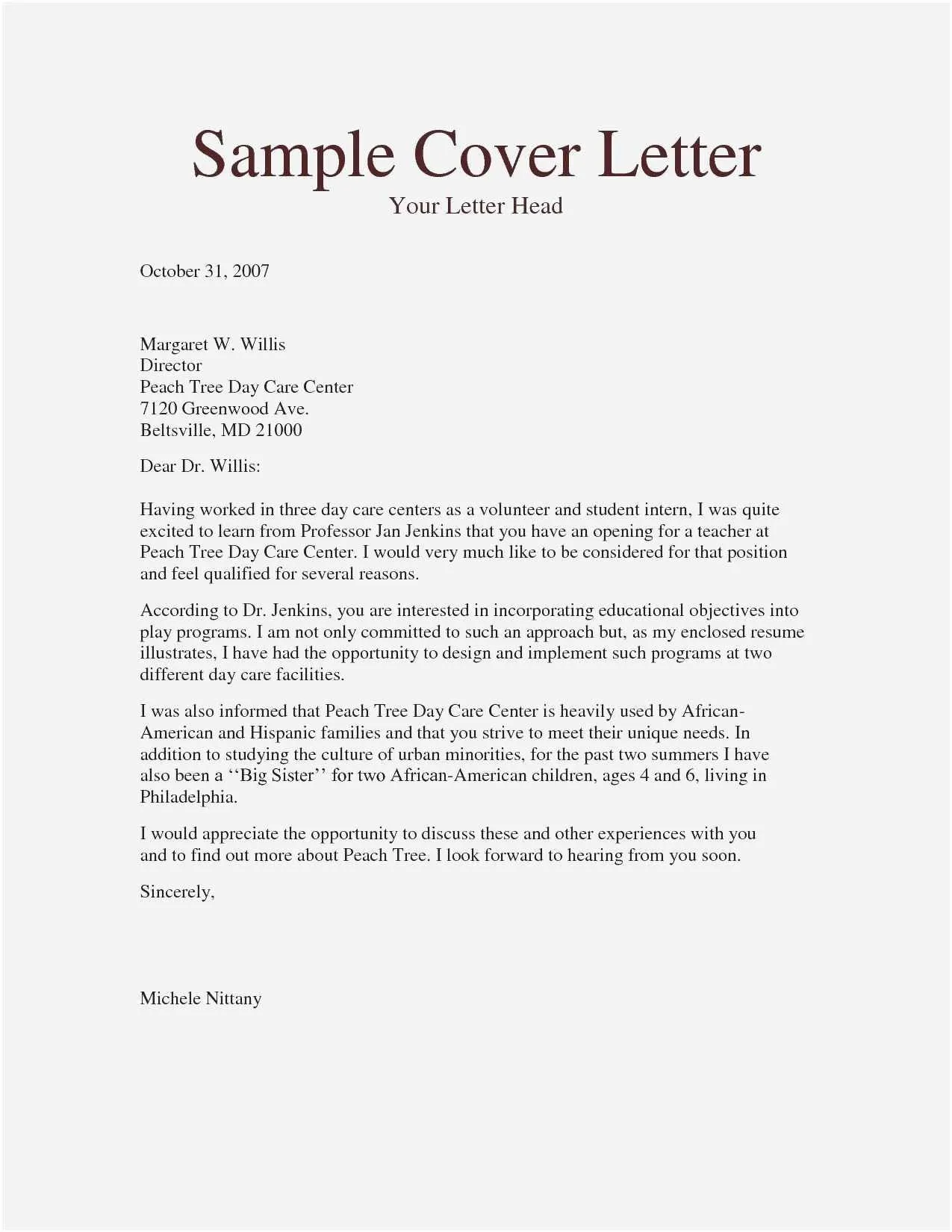What is a Cover Letter?
A cover letter is a crucial document that accompanies your resume when applying for a job. It serves as a personal introduction, allowing you to elaborate on your skills, experiences, and qualifications in a way that a resume alone cannot. Unlike a resume, which provides a concise summary of your professional history, a cover letter offers an opportunity to express your personality, demonstrate your enthusiasm for the specific role, and explain why you are the ideal candidate for the position. The best cover letters are tailored to the specific job and company, showcasing your understanding of the role and your genuine interest in contributing to the organization’s goals. It’s your chance to make a strong first impression and persuade the hiring manager to take a closer look at your qualifications.
Why is a Cover Letter Important?
In today’s competitive job market, a well-crafted cover letter can significantly increase your chances of landing an interview. It allows you to provide context to your resume, explain any gaps in your employment history, and highlight specific skills and experiences that align with the job requirements. A cover letter demonstrates your communication skills, writing abilities, and attention to detail – all essential qualities that employers seek. Additionally, it shows that you’ve taken the time to research the company and understand the role, indicating your genuine interest and commitment. Many hiring managers consider a cover letter a critical part of the application process, using it to assess your personality, communication style, and overall suitability for the role. Without a cover letter, you might miss the opportunity to fully showcase your value and differentiate yourself from other applicants.
Key Components of a Powerful Cover Letter

A powerful cover letter comprises several key components that work together to create a compelling narrative. These components are the foundation of any successful cover letter. The following elements must be in place to create a letter that successfully helps you land the job. By including these key elements in your letter, you ensure the best possible outcome. Adhering to the structure provides a format that is easy for the hiring manager to review the key details you want them to focus on.
Header and Contact Information
Start with a professional header that includes your name, address, phone number, and email address. It’s essential to use a professional email address (e.g., yourname@email.com) and ensure your contact information is accurate and up-to-date. Following your contact information, include the date and the hiring manager’s name, title, and the company’s address, if known. If you’re unsure of the hiring manager’s name, research the company website or LinkedIn to find it. Addressing the letter to a specific person shows that you’ve taken the time to personalize your application.
Greeting and Opening Paragraph
Begin your cover letter with a professional greeting, such as “Dear Mr./Ms. [Last Name],” using the hiring manager’s name. The opening paragraph should immediately grab the reader’s attention. State the specific position you’re applying for and where you saw the job posting. Briefly mention why you’re interested in the role and the company, and include a compelling statement about your most relevant skill or experience. Make sure your opening paragraph is concise, engaging, and clearly states your purpose for writing. It is your opportunity to showcase your personality and establish a professional tone for the rest of the letter.
Body Paragraphs Highlighting Skills

The body paragraphs are where you elaborate on your skills and experiences, demonstrating how they align with the job requirements. Each paragraph should focus on a specific skill or accomplishment mentioned in the job description. Provide concrete examples of your achievements, using the STAR method (Situation, Task, Action, Result) to illustrate your contributions. Quantify your achievements whenever possible, using numbers or data to highlight your impact. Tailor your examples to the specific role and company, showcasing your understanding of their needs and how you can contribute to their success. Aim to demonstrate to the hiring manager what you are capable of by showing specific examples of your skills.
Showcase your accomplishments
When describing your accomplishments, go beyond listing your responsibilities. Instead, emphasize the results you achieved and the impact you made. Use action verbs to describe your accomplishments, such as “managed,” “led,” “developed,” or “achieved.” Quantify your accomplishments whenever possible, providing specific numbers or data to demonstrate your impact. For example, instead of saying “Improved customer satisfaction,” say “Increased customer satisfaction by 15% through implementation of a new feedback system.” Highlighting your accomplishments not only showcases your abilities but also demonstrates your value to the company.
Tailor Your Cover Letter to the Job
One of the most critical steps is tailoring your cover letter to each job you apply for. A generic cover letter is unlikely to impress hiring managers. Carefully read the job description and identify the key skills, qualifications, and experiences the employer is seeking. Then, customize your cover letter to address these specific requirements, highlighting the relevant skills and experiences you possess. Show how your qualifications align with the job description, and use the same keywords and phrases. Research the company’s values, culture, and mission to understand their needs and tailor your letter to reflect your understanding of their business.
Closing and Call to Action

In the closing paragraph, express your enthusiasm for the opportunity and reiterate your interest in the role. Include a clear call to action, such as requesting an interview or stating your availability. Thank the hiring manager for their time and consideration, and express your eagerness to discuss your qualifications further. Keep your closing concise and professional, leaving a lasting positive impression. Make sure to end your cover letter with a professional closing, such as “Sincerely” or “Best regards,” followed by your name.
Proofreading and Editing
Before submitting your cover letter, carefully proofread and edit it to ensure it is free of any errors. Typos, grammatical mistakes, and formatting inconsistencies can undermine your credibility and professionalism. Read your cover letter multiple times, checking for any errors in grammar, spelling, punctuation, and sentence structure. Consider asking a friend, family member, or career counselor to review your cover letter for feedback and suggestions. Ensure that the tone and style of your letter are consistent and professional. Make sure your cover letter reflects your attention to detail, and professionalism, and is free from any distractions that could detract from your qualifications.
Formatting your Cover Letter
The formatting of your cover letter is just as important as its content. Use a professional font, such as Times New Roman, Arial, or Calibri, in a readable size (11- or 12-point). Use single spacing with a blank line between paragraphs for easy readability. Maintain consistent margins (1 inch on all sides) and use a clear, concise writing style. Avoid using excessive bolding, italics, or underlining. Ensure your cover letter is well-organized, with clear headings and subheadings if needed. The overall goal is to create a clean, professional, and visually appealing document that is easy for the hiring manager to read and understand.
